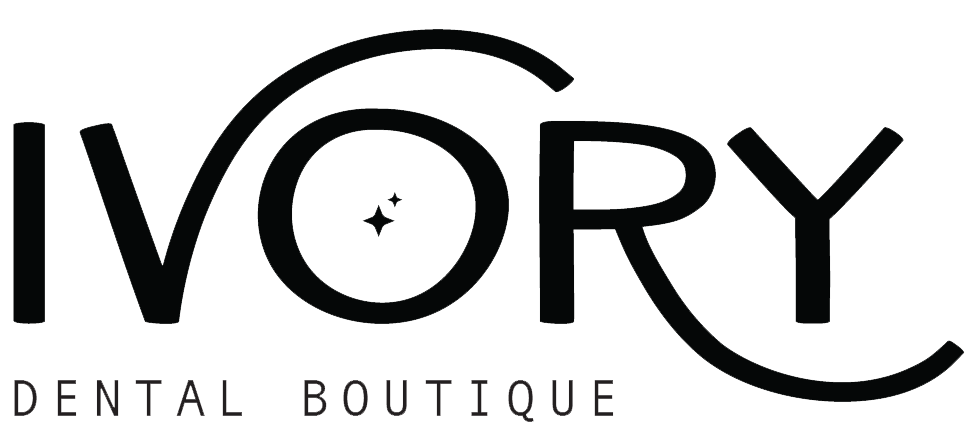Periodontal Health
Drop By Our Corona Del Mar Location To Get A Check Up On Your Periodontal Health
Periodontal disease, gum disease, and periodontitis are all phrases that we use to describe an infection in the gingiva (gums) and bone around your teeth. Since we rely on healthy structures to keep your tooth roots intact, it’s essential that signs of periodontitis are identified as early as possible.
Gingivitis is the earliest sign that there’s a problem. Minor redness, swelling, or mild bleeding may be common. But if not treated with daily home care and professional cleanings, that infection can spread down into your connective tissues, creating permanent structural damage.
What are the signs of periodontal disease or gum disease?
The earliest sign of periodontitis is an irritated gum line that might present some discomfort or bleeding when you brush, floss or have your teeth cleaned professionally. If not treated, the gums will start to retract and pull away from the teeth. This creates spaces between the teeth and gums called periodontal pockets that can quickly become filled with harmful accumulations. Your dentist will typically measure the depths of these pockets to determine how far the condition has spread and what treatment is needed to correct the problem. If gum disease eventually makes its way down to the jawbone and the connective tissues of teeth, the jawbone can deteriorate, and teeth can be lost.
Some of the most common symptoms of periodontal disease include:
Gum recession
“Long teeth”
Tooth mobility (loose tooth/movement)
Sore teeth when you chew/bite
Spaces between teeth
Deep pockets under your gums
Visible bone loss on X-rays
Heavy tartar buildup
Bad breath
Bleeding when you brush and floss
Swollen, red gums
Please keep in mind that if you smoke, vape, or use tobacco products, you may not see the same symptoms as someone who doesn’t. Your tissues could look “healthy” due to the lack of bleeding or swelling, even if the disease is present.
How is periodontal disease or gum disease treated?
Periodontal disease, or gum disease, is effectively treated in two ways. Which treatment you receive depends on the severity of the gum disease. Scaling and root planing are recognized as the standard treatment for periodontitis. The procedure is highly effective in managing the condition in its early to moderate stages. It also does an excellent job of reversing its harmful effects. When providing scaling and root planing treatment, your dentist will access the areas below the gum line and between the teeth and remove harmful accumulations of plaque, tartar and oral bacteria. Then the root surfaces will be smoothed out to prevent future accumulations. Your gums should then begin the healing process and eventually reattach themselves to the teeth.
The second treatment is called bone grafting and is often required when bacteria and plaque have reached the jawbone and caused some amount of deterioration and decay. Your dentist must surgically access the damaged jawbone in order to regenerate it. This is accomplished by applying proteins and artificial bone-like material to the areas of decay. This will help encourage new bone growth. Bone grafting is often a necessary step for strengthening the jawbone so that it can support dental implants to replace missing teeth.
How do I know if I have periodontal disease or gum disease?
The first signs of periodontal disease or gum disease are red and swollen gums, gums that bleed when you floss or brush and untreated gingivitis. Advanced signs of gum disease include loss of teeth and exposure of your tooth’s root. Periodontitis, or gum disease, can lead to tooth loss if not treated properly.
.
What is gum recession?
Receding gums affect about half of Americans over the age of 50. But, young people can experience gum recession too. You may be genetically predisposed to gum recession. Some people are born with thin gums. Oftentimes the environment might contribute to recession. Things like aggressive brushing, trauma, surgery, or ill-fitting partials can cause recession.
Treatment of Gum Recession
If you notice a tooth looks long or you experience sensitivity or pain when brushing and flossing, you could have gum recession. Be sure to come in and have one of the doctor’s take a look. If you have a recession we can typically graft a small amount of skin from your palate and patch it over the receding area. The treatment helps protect the tooth from further damage. It is a minor procedure that can be done for a single tooth or multiple teeth depending on your need.
What Are Some Risk Factors?
You may be at risk for gum disease if any of the following apply to you:
Tobacco and alcohol use
Systemic diseases
Genetics
Pregnancy
In addition, the following types of prescription drugs may also increase the risk of gum disease. Talk with your dentist if you are taking:
Steroids
Cancer therapy drugs
Oral contraceptives
An anti-epilepsy drug
A calcium channel blocker
If you have any questions about gum disease, contact us or schedule an appointment, or explore the variety of dental services we provide.

